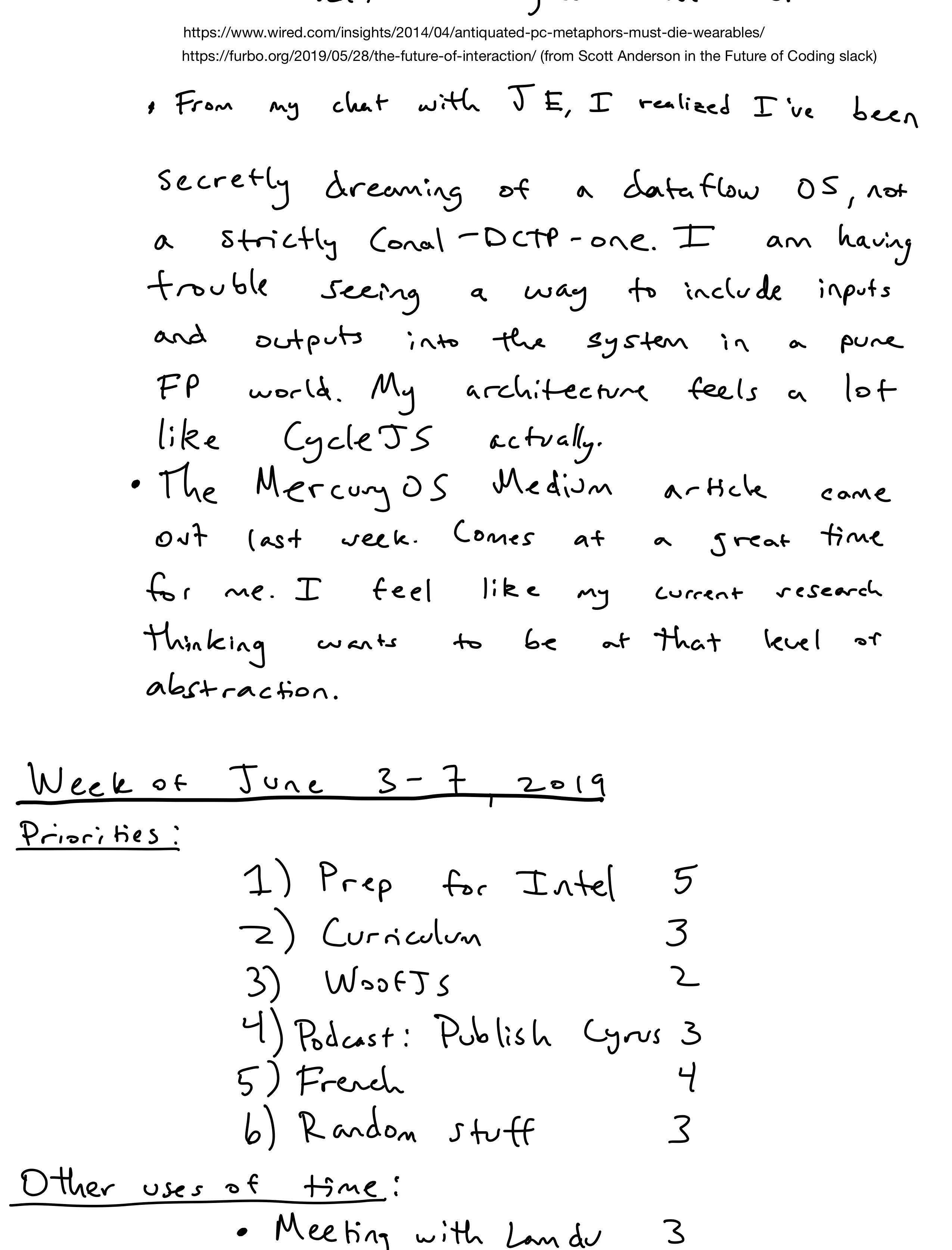Drivers Ed Chapter 7 Searching And Giving Meaning Worksheet Lesson 1
Chapter 7 Lesson 1. Name Ways to Manage Environmental Problems The management of our transportation-related environmental problems is the responsibility of all drivers. We have highlighted your correct answers in green, and your incorrect answers in red. Driver Education Classroom and In-Car Curriculum Unit 6 Basic Maneuvers in a. Student will define the meaning of the key words in Unit 6. Lesson Content Materials and Resources Key Words. Unit 6 Basic Maneuvers in a Low-Risk Environment.
Location: Low-traffic city or country roads with long straightaways.Length of Lesson: 25-30 minutesIn Stage 2, you worked on developing your teen’s. In order to prepare them for higher volume city streets as well as the highway (in Stage 4), you need to help them expand their searching/scanning distance.Most new drivers have a tendency to fixate on the areas within a few seconds of their car. They also have a tendency to ignore the area of view that is not directly in front of them.Even drivers who have successfully mastered the have not yet developed a searching and scanning process that encompasses the entire area 20-30 seconds ahead of them.The purpose of these exercises is to help teach your teen how to search further down the road and how to process that information more quickly. When seasoned drivers are behind the wheel, they are processing and filtering an unbelievable amount of information.
They are able to monitor everything going on around them as well as everything unfolding far ahead and behind them without losing focus on what’s happening directly around their car.They are able to do this because they have developed an advanced searching and scanning system. This did not happen by accident. It was practiced. And with practice, their brain became more adept at filtering and processing the enormous amount of information they were collecting with their eyes. For instance, it became easier and quicker for them to determine closing rates. Certain triggers such as red or yellow lights become instantaneous and almost subconscious warnings for them.
Movement in their peripheral vision was detected more rapidly. Start by expanding their forward searchIn this first exercise, head out to a relatively quiet road with long straightaways. Your task is to expand your teen’s forward search.
Start by determining how far down the road they’re currently looking. Ask your child to tell you the farthest thing down the road that they’re focusing on. Next, help them focus on points twice that distance ahead. Try to avoid tunnel vision. Although you’re focusing on their forward search, encourage your teen to focus on the entire width of the road as they look farther down it. It may be a little tricky at first, but with practice, it will become second nature.
/voiced-and-voiceless-consonants-1212092-v4-5b7c5bf1c9e77c005008a784.png)

Remember that the target area they’re looking at is constantly changing. You don’t pick a point 15 seconds ahead and stare at it until you reach it and then pick a new point.
Rather, you’re constantly finding a new point which is 15 to 20 seconds ahead.You’re aiming to increase their forward search to 15-20 seconds down the road. Some new drivers feel that by increasing their forward search that they may neglect the area around their car. Remind them that, yes, this is possible if you simply stare out into the distance.
However, they should be continuously scanning all of their zones. You’re simply asking them to scan further ahead.With practice, they’ll easily be able to process all of this information. Point out that by scanning further ahead, they’ll have more time to react to changing traffic conditions. Use commentary driving to expand their forward searchOnce you have helped your teen expand their forward focus on empty roads, you should head to slightly more congested areas. Use to point out areas on the road that are a little further ahead than they’re used to looking at.
Here are some examples of what you might say:. “What is the color of the traffic light at the intersection up ahead?”. “Do you see that bright-red motorcycle turning onto our road up there?”You’re simply trying to get your teen to notice things farther down the road than they’re used to.

Drivers Ed Chapter 7 Searching And Giving Meaning Worksheet Lesson 1 5
Now widen the searchGo to the next part in this article to work on.